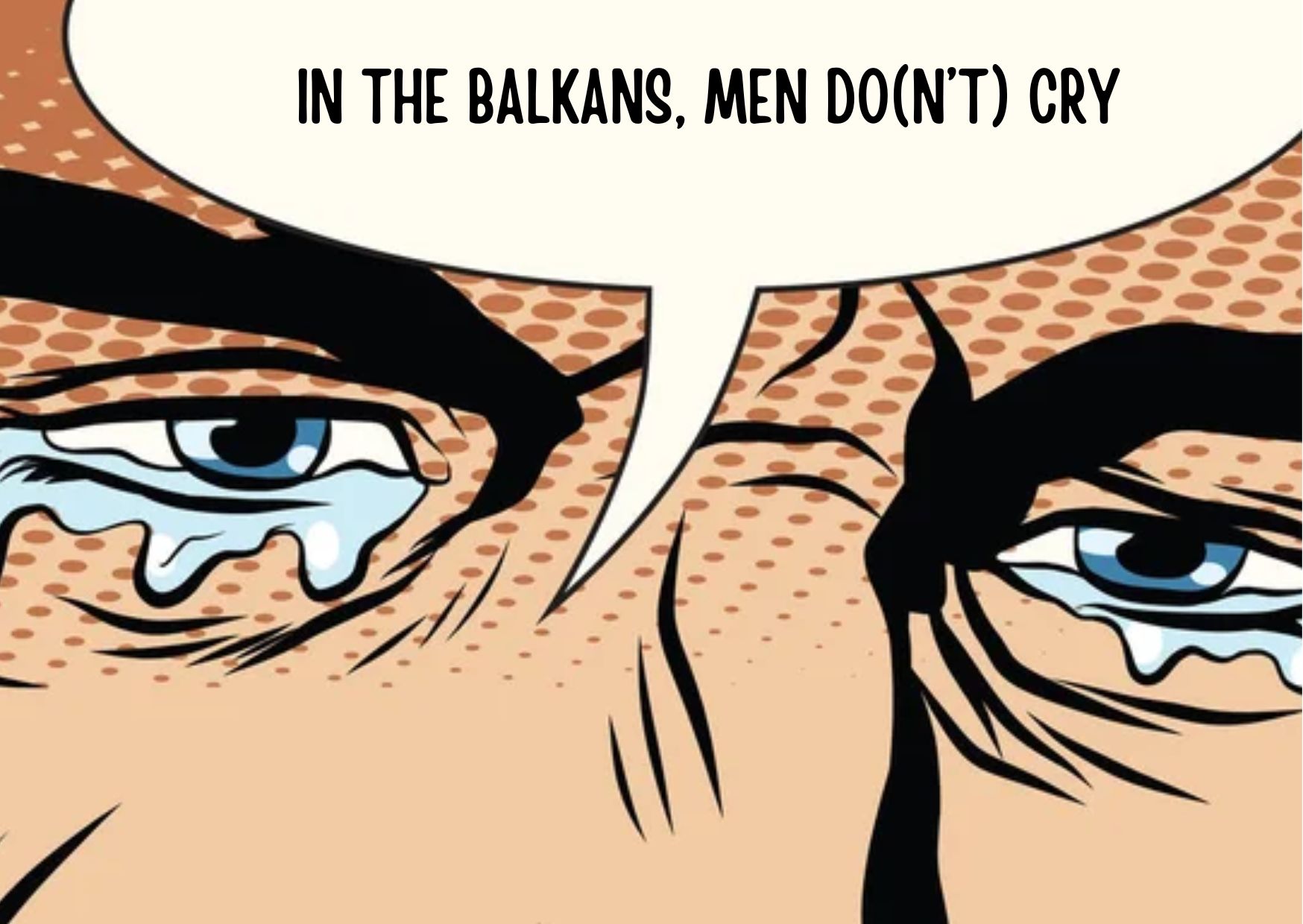The Drina is a river that flows through two places of the Western Balkans region, Bosnia and Herzegovina and Serbia. In addition to its natural significance, this river also has a rich history in political terms. Namely, the Drina represented the natural border between the Eastern and Western Roman Empires, while today it is the border between Bosnia and Herzegovina and Serbia.
Many rivers and streams flow into the Drina, but the most important and largest is the Lim River. This river passes through three places, Montenegro, Bosnia and Herzegovina and Serbia. Lim and Drina are very important for this region, the potential of these rivers has been recognized by many scientists, mostly for the purpose of building hydroelectric power plants.
Three large hydropower plants have been built on the Drina River: HPP Višegrad, HPP Bajina Bašta and HPP Zvornik. With the construction of these hydroelectric power plants, the river gained great economic and energy importance. The Lim River also has two hydroelectric power plants HPP Potpeć and HPP Bistrica.
The construction of power plants and the illegal construction of settlements and villages along the banks of these rivers results in massive pollution. These two rivers are among the most polluted in those parts where the greatest activity of such power plants. The situation is getting worse as authorities plan to build another hydroelectric plant on the Drina River in the small municipality of Ustikolina, located between Foca and Gorazde.
The news that appalled the public in January 2021 is the pollution of these rivers, that is, the pollution on the accumulation lakes near the hydroelectric power plants.
Environmental disaster on the Drina: Waste from three places of the region complicates the operation of HPP Visegrad (Al Jazeera Balkans)
Serbia, rivers and illegal landfills: Why there is more rubbish than water on the surface of Lake Potpec (BBC in Serbian)
Although many reported this environmental disaster, authorities did not respond or send any assistance. According to the management of HPP Višegrad, the people involved in cleaning are employed, but there are very few of them.
If inadequate waste disposal continues, construction of hydropower plants, and if the authorities of Serbia, Bosnia and Herzegovina and Montenegro continue to ignore this problem, in the near future we can expect these rivers to be polluted as the Ganges or Yellow River, or the most polluted rivers in the world.
The members of the association “Eco Center Visegrad” are also trying to solve the problem, but as they say, their possibilities are limited.
Dejan Furtula, Citizens’ Association “Eco Center Visegrad” stated: “We hope that interstate cooperation is not just a phrase, and that it will finally find solutions to this problem. We also hope that the ministries that have power in their hands will finally start acting. The two faces of the Drina River are obviously no warning to those who can realistically address this problem. We are not looking for the culprit and we are not pointing the finger at others, but what can an ordinary citizen expect and do when strong ministries cannot move from the deadlock? ”
Waste on the Drina River is not only a threat to flora and fauna, but also to the operation of HPP Višegrad, which employs many workers and produces a huge amount of electricity up to 1283 GWh. If something is not done urgently, this pollution could cause a major economic and environmental crisis.
Nedeljko Perišić, Director of HPP Višegrad stressed out: “In the upper course of the Drina River, there are tens of thousands of cubic meters of floating waste coming from the tributaries of the Drina River, starting from Prača, Tara, Piva, and mostly the Lim River.”
We note that there was a standstill in the river Drina due to 4 tons of cubic meters of various waste and that the operation of the hydroelectric power plant was difficult. At HPP Potpeć on the river Lim, there was a standstill due to 40,000 cubic meters of waste.
Author: Haris Tutić
This story was produced during the three-month Program for Students of Journalism in the Western Balkans within the framework of the advocacy project “A Better Region Starts with Youth” implemented by RYCO with the support of the Federal Republic of Germany. All journalists’ work is their own and the content of any given article does not represent the opinion of RYCO, and RYCO cannot guarantee the validity and the accuracy of the information that these stories contain.









